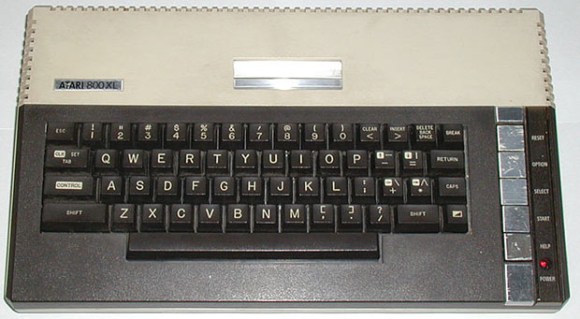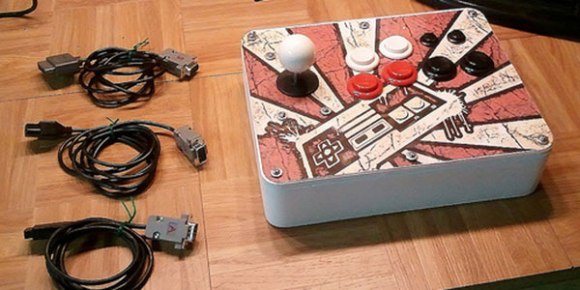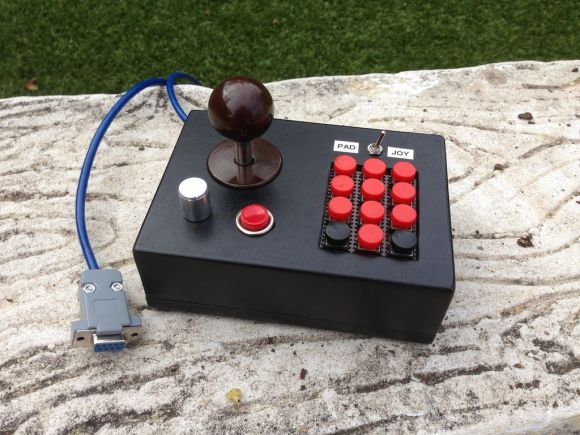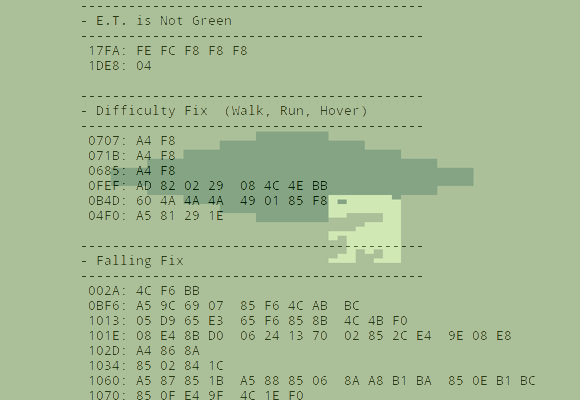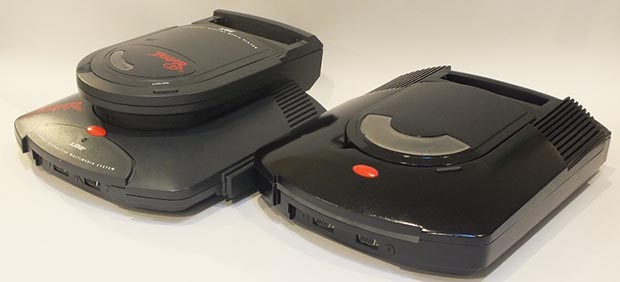
Released in 1993, the Atari Jaguar suffered from a number of problems – it was difficult to program, had hardware idiosyncrasies, and with the CD drive was vastly overpriced compared to the Sega Saturn and Sony Playstation released one year later. Nevertheless, the Jaguar still has a rabid fanbase that counts [10p6] among them, and he’s created what Atari should have released 20 years ago.
In a few forum threads at jaguarsector (login required) and nexgam.de (no login, German), [10p6] goes over his changes to the classic Jaguar + CD combo. He’s stuffed everything inside a new case, cutting down on the amount of plastic from the old enclosure. A proper integrated power supply has been added, replacing the two power supplies used in the original. It’s also overclocked to 32 MHz, compared to the 26 MHz of the stock unit, making this a very powerful system that could have easily competed with the Saturn and Playstation.
[10p6] has an amazing piece of hardware on his hands here, and should he ever want to make a few molds of his new Jaguar, he could put together some sort of kit to replicate this build. He’s still working on finding a model maker and perfecting his case design, but a new, improved version of the Jaguar is something we’d love to see in a limited production.



